Embracing Mortgage Technology to Engage Younger Homebuyers
Adapting to the Shift
The landscape of the home buying market has undergone a significant transformation, a change highlighted by the National Association of Realtors’ 2024 Profile of Home Buyers and Sellers report. According to this detailed analysis, the median age of first-time homebuyers has remarkably jumped to 38 years old in 2024, a stark contrast to the median age of 29 in 1981. This age shift among first-time homebuyers represents more than a mere number; it signals a profound change in market dynamics, influencing how mortgage lenders should strategize and operate. In this context, lenders should consider recalibrating their approach, particularly in engaging and attracting a younger demographic, through innovative mortgage software and services.
The Changing Landscape
The aging of the median first-time homebuyer suggests several underlying factors, including but not limited to economic pressures, changing lifestyle preferences, and the increasing burden of student debt. These elements collectively contribute to delayed homeownership among younger generations. For mortgage lenders, this shift necessitates a deep understanding of the evolving needs, challenges, and behaviors of younger homebuyers.
Leveraging Technology to Bridge the Gap
To connect with a demographic that is markedly digital-native, mortgage lenders must pivot towards technology. Here are a few avenues through which technology can serve as a bridge between mortgage lenders and younger audiences:
1. User-Friendly Mobile Apps
Younger homebuyers are accustomed to managing their lives via their smartphones. A mobile-first approach in developing mortgage applications and platforms can significantly enhance accessibility and engagement. Mortgage lenders can invest in creating intuitive, user-friendly mobile apps that simplify the home buying process—from loan application to approval—thereby appealing to tech-savvy younger consumers.
2. Personalized AI Mortgage Solutions
Artificial Intelligence (AI) and machine learning can be harnessed to offer personalized mortgage solutions tailored to the unique financial profiles and preferences of younger buyers. By integrating AI-driven insights into their services, lenders can provide customized loan options, repayment plans, and financial guidance, making the daunting task of buying a home more approachable and tailored to individual needs.
3. Social Media Marketing Software
Social media platforms like Instagram and Twitter are where many younger homebuyers spend a great deal of their time. Using sophisticated social media marketing software can help mortgage professionals craft targeted, appealing content that resonates with this audience. These tools can optimize posting times, track engagement levels, and even manage large-scale advertising campaigns, ensuring visibility in the digital spaces frequented by younger demographics.
4. Podcast Software
Podcasting has surged in popularity, especially among younger audiences who appreciate content that can accommodate their on-the-go lifestyle. By leveraging podcast software, mortgage professionals can create engaging content that covers a range of topics from home buying tips to financial advice. This form of content allows for a deeper connection with the audience, providing value through insightful discussions and expert interviews. It’s an innovative way to build credibility, share knowledge, and position oneself as an authority in the mortgage industry.
The Road Ahead for Mortgage Lenders
As we look towards the future, the shift in the median age of first-time homebuyers underscores a vital need for mortgage lenders to adapt and innovate. Engaging younger audiences requires not only an understanding of their unique challenges and preferences but also a commitment to leveraging technology in making homeownership more accessible and appealing.
Mortgage lenders who rise to this challenge by investing in technology and tailoring their services to meet the needs of younger demographics will not only thrive in a competitive market but also contribute to shaping the future of homeownership. As digital tools and platforms continue to evolve, their integration into the mortgage process will be key in bridging the gap between lenders and the next generation of homebuyers, opening new pathways to homeownership for younger audiences.
By embracing technology and innovation, mortgage lenders can navigate the changing landscape, turning the challenges posed by shifting demographics into opportunities for growth and engagement. The time to act is now, and the future belongs to those who are ready to explore and adapt.




